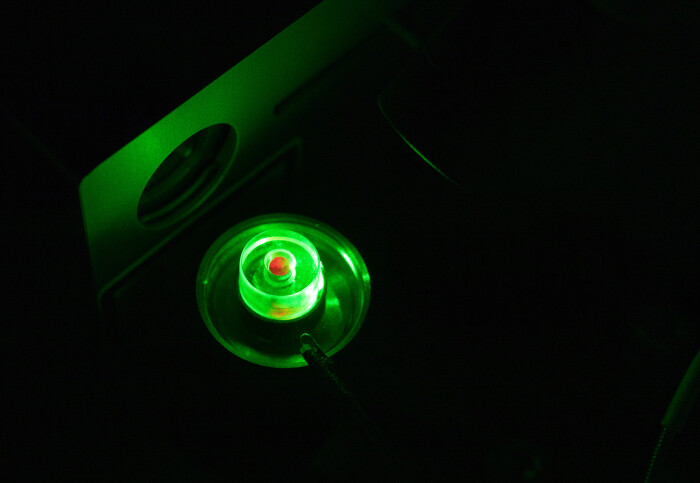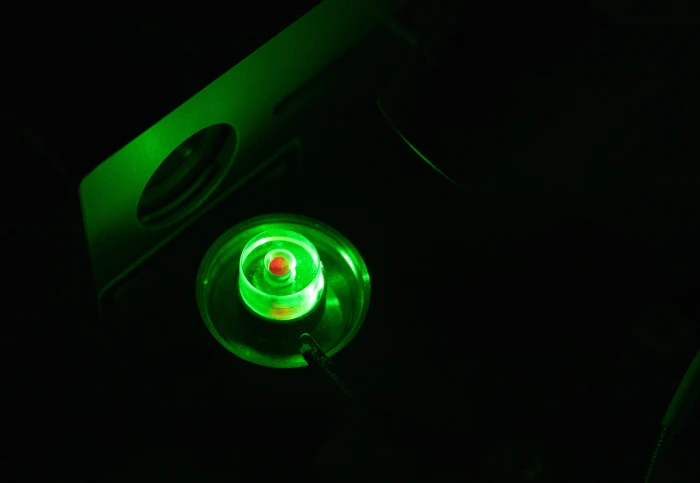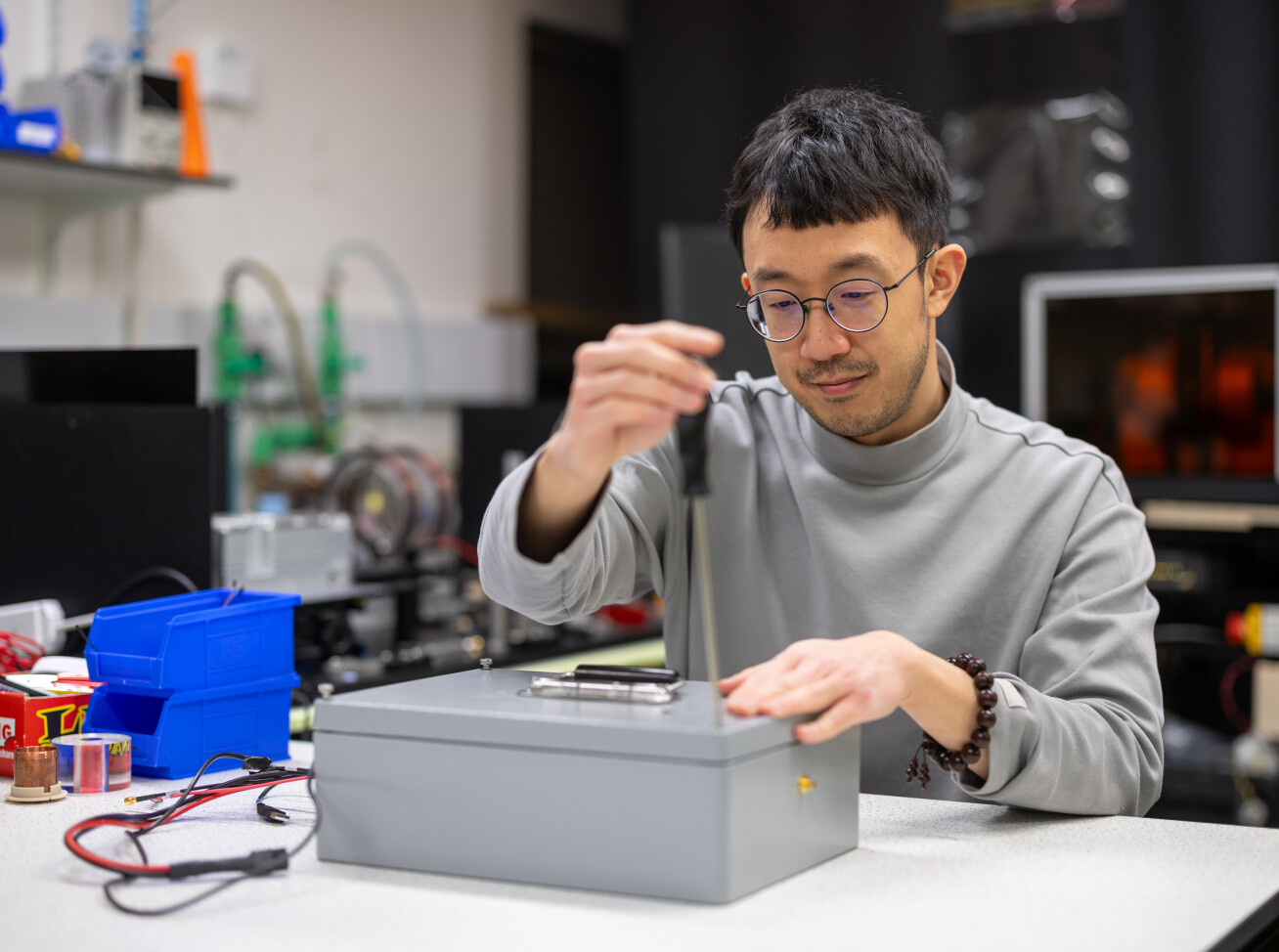New maser in a 'shoebox' promises portable precision


Researchers in the Department of Materials have developed a new portable maser that can fit the size of a shoebox.
Imperial College London pioneered the discovery of room-temperature solid state masers in 2012, highlighting their ability to amplify extremely faint electrical signals and demonstrate high-frequency stability. This was a significant discovery because microwave signals can pass through the Earth’s atmosphere more easily than other wavelengths of light. Additionally, microwaves have the capability to penetrate through the human body, a feat not achievable by lasers.

Masers have extensive applications in telecommunications systems – everything from mobile phone networks to satellite navigation systems. They also have a key role in advancing quantum computing and improving medical imaging techniques, like MRI machines. They are typically large, bulky, stationary equipment found only in research laboratories.
A new study has found a way to make masers significantly more compact and portable. The new device, weighing just a few kilograms and the size of a shoebox, can boost microwave signals at an affordable cost. It relies on a pentacene gain material, a chain of five benzene rings that can “mase” at room temperature.
"The shoebox maser is very portable, you can move it to any other lab or your home" Dr Wern Ng
Dr Wern Ng, author of the paper, commented: "Masers always needed very cold temperatures, and they usually needed vacuums, which made them very heavy.
"We have managed to shrink the maser to only 5 kilograms, with no cooling needed, no need for vacuum, and it is all solid state.
What sets the portable maser apart from previous designs is that the shoebox maser is the first portable room-temperature maser, operating close to the quantum limit but small and light enough to be portable.
"Portability is key to encouraging more people to use this device. It makes all the difference when someone can hold a device and easily flick a switch."
Developing the design
One of the team's biggest challenges was miniaturising the pump source. While a room-temperature gain material eliminated the need for cooling, existing masers still had to use a large, high-energy pump.
You have to think about what is absolutely essential when making a maser the size of a shoebox! Dr Daan Aroo
Dr Daan Arroo, author of the paper, explains: "You have to think about what is absolutely essential when making a maser the size of a shoebox!
"To amplify microwaves, the pentacene molecules must be “pumped” using pulses of visible light that place them in an excited state. The energy of these pulses depends on the material properties of the organic crystal in which the pentacene molecules are found.
"Our biggest challenge was reducing the required pulse energy to a level low enough that a compact pulsed laser could pump the maser."
Masers of the future
While the shoebox maser is much smaller than the previous generation of pentacene masers, researchers aim to miniaturise the design further.
Dr Arroo suggests: "It may be possible to replace the laser with a smaller LED-based light source if we can reduce the energy required for pumping the molecules.
"We are also considering how a diamond maser, which can also operate at room temperature, can be miniaturised to a portable form."
Diamond masers can operate continuously, as opposed to the pulsed operation of pentacene masers, which could lead to more applications if we can develop this type of maser.
Dr Ng adds: "We have shown that we can successfully miniaturise the pentacene maser. The pentacene maser is extremely useful; however, it cannot offer a continuous beam - unlike diamond masers.
Our next task is miniaturising room temperature masers with different gain media such as diamond."
Read the full paper in Applied Physics Letters.
Find out more about the Maser Research Group.
Imperial holds patents on a range of maser technologies developed by the Maser Group under Professor Neil Alford and his research group. Find out more and contact us if you would like more information: https://imperial.tech/our-technologies/room-temperature-masers-for-ultra-low-noise-devices/
Article text (excluding photos or graphics) © Imperial College London.
Photos and graphics subject to third party copyright used with permission or © Imperial College London.